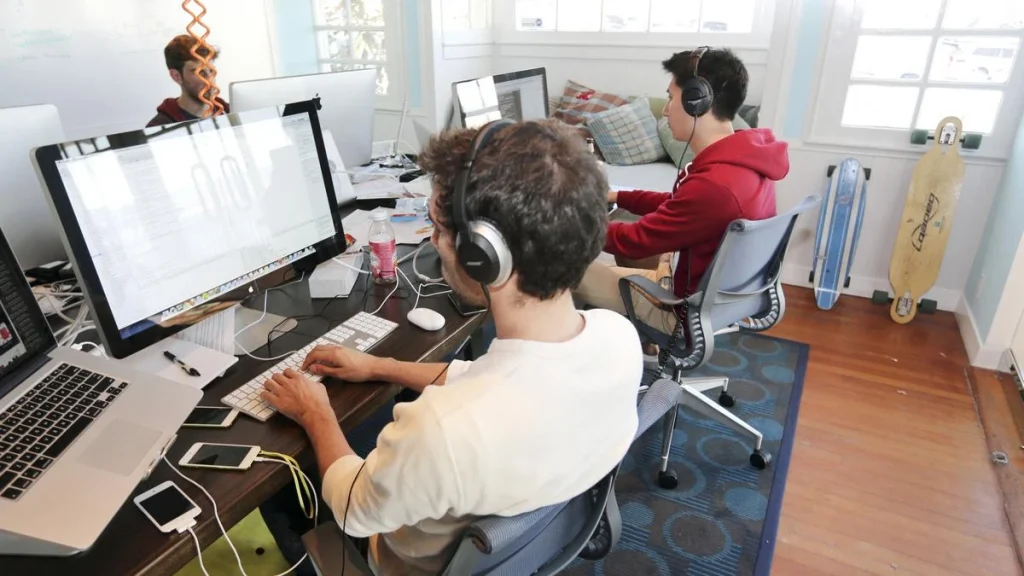The creator of the fleeting messaging app Snapchat, Snap, announced Wednesday that it will be firing 20% of its workforce, ceasing production of at least six products, and recruiting its first COO in seven years.

Nearly 1,300 of Snap’s 6,400 employees are expected to be impacted, the business said. The segment of Snap that created exclusive short films with famous people and other influencers, as well as its social mapping software Zenly, its music creation app Voisey, and hardware like its Pixy drone camera, are all being shut down.
Jerry Hunter, a senior vice president for engineering, was appointed chief operating officer by Snap at the same time. Evan Spiegel, a founder and CEO of Snap, will have Hunter as his No. 2 in the future. Since 2015, the position of chief operations officer had been empty.
Spiegel attributed his decision to difficult macroeconomic conditions in an email to his staff on Wednesday.
While working to re-accelerate revenue growth, he added, “we will continue to assure Snap’s long-term success in any scenario. I am truly sorry that these adjustments are required to secure the long-term survival of our organisation, he continued.
Snap, which has more than 406 million daily active users. worldwide and is well-liked among teenagers and young adults, has been having difficulties for some time. Apple’s privacy improvements have had an impact on its advertising revenue, and advertisers are becoming more cautious due to rising inflation and economic unpredictability.
Since coming public in 2017, Snap has experienced the weakest quarterly growth rate. Snap announced in July that it would “significantly curtail” the rate of recruiting. Additionally, due to “uncertainties relating to the operational environment,” it chose not to forecast its financial performance for the current quarter. Since the start of the year, the value of Snap’s shares has decreased by almost 80%.
Many social media businesses are concerned about the possibility of a recession. Twitter and Meta, the parent company of Facebook and Instagram, have both reduced hiring recently. But because Snap is a smaller social media company that places a lot of reliance on just one primary revenue stream, it is particularly sensitive to economic shocks, much like Twitter.
Budgets for advertising become constrained as the economy weakens, according to Brent Thill, an equity analyst at Jefferies. “Where the wallets are, on platforms like Google or Amazon, advertisers tend to surge to the top.”
Executives from Snap have gone. Jeremi Gorman, its chief business officer, and Peter Naylor, its vice president of sales in the Americas, just left for Netflix. The Verge previously reported on their exits.
The number of layoffs would “range from team to team,” according to Spiegel. The size of the cutbacks, he added, would “significantly lower the danger of ever having to do this again.” The business claimed it anticipated saving $500 million as a result of the restructure.
Snap launched the projects and products it is abandoning in order to compete more effectively with its rivals and draw creators to the platform. Instagram and TikTok were pitted against independent of Snapchat apps like Zenly and Voisey.
Spiegel stated in his email that three areas would receive more attention at Snap: community expansion, revenue growth, and augmented reality. He declared that the business would keep funding those initiatives.











